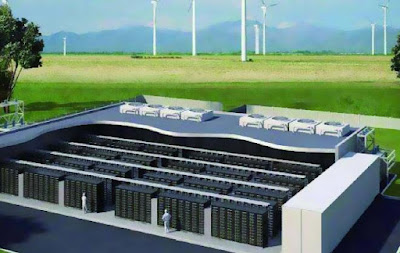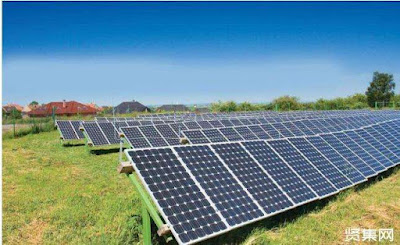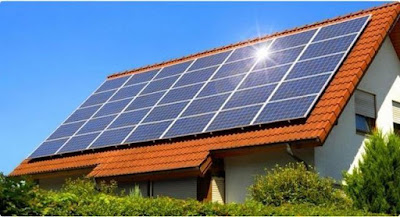The passage of the "Reducing Inflation Act" in the United States has caused heated discussions in all walks of life. A professional lawyer for an energy developer in the United States said that the tax incentives for the independent deployment of energy storage systems in the bill will reduce the number of solar-plus-storage projects deployed.
The Inflation Reduction Act was introduced to reduce U.S. health care costs, encourage domestic manufacturing, and address the climate crisis, energy security and cost concerns.
Incentives for independent deployment of energy storage systems may inhibit solar-plus-storage projects
Through this bill, the ITC incentive for solar + storage projects will be introduced to independently deployed energy storage systems, which means that future investment and financing in this field will reach 369 billion yuan Dollar.
Morten Lund is a partner at the law firm of Stoel Rives, where he has practiced legal advice on energy and infrastructure projects across a variety of technologies, and now focuses primarily on clean energy project development in California.
In interviews with industry media about the potential impact of the bill, Lund emphasized that the bill would incentivize the development of stand-alone energy storage systems, but could inhibit the deployment of solar-plus-storage projects.
“Incentives for independently deploying solar power storage systems to get an investment tax credit would unlock enormous value, and that’s why solar-plus-storage projects would be disadvantaged — in order to qualify for ITC,” Lund said. , The battery energy storage system in the solar + energy storage project must store and use the power of the solar power generation facility, and its power is basically completely provided by the solar power generation facility and not from the grid. This means that the role of the battery energy storage system is relatively limited.”
The ITC typically reduces the upfront investment in equipment purchases for energy storage projects by around 30%. Overall, a roughly one-third reduction in capital expenditure on the required equipment will allow the project to deploy smoothly.
60% of battery energy storage systems will be deployed with solar power generation facilities
According to statistics released by the U.S. Government Energy Information Administration (EIA) in March this year, 60% of the 10GW battery energy storage projects deployed in the service sector of U.S. utility companies in the next two years will be matched with solar power generation facilities. deploy.
According to years of research by the Lawrence Berkeley National Laboratory in the United States, this matching deployment rate is even higher in the western states of the United States. In California, for example, nearly all grid-scale solar systems are equipped with battery storage, including planned projects.
In addition to access to the ITC, significant cost reductions in recent years have been the driving force behind the deployment of solar-plus-storage projects, which will also share land, power grids and Interconnection points for other infrastructure, which further reduces costs.







